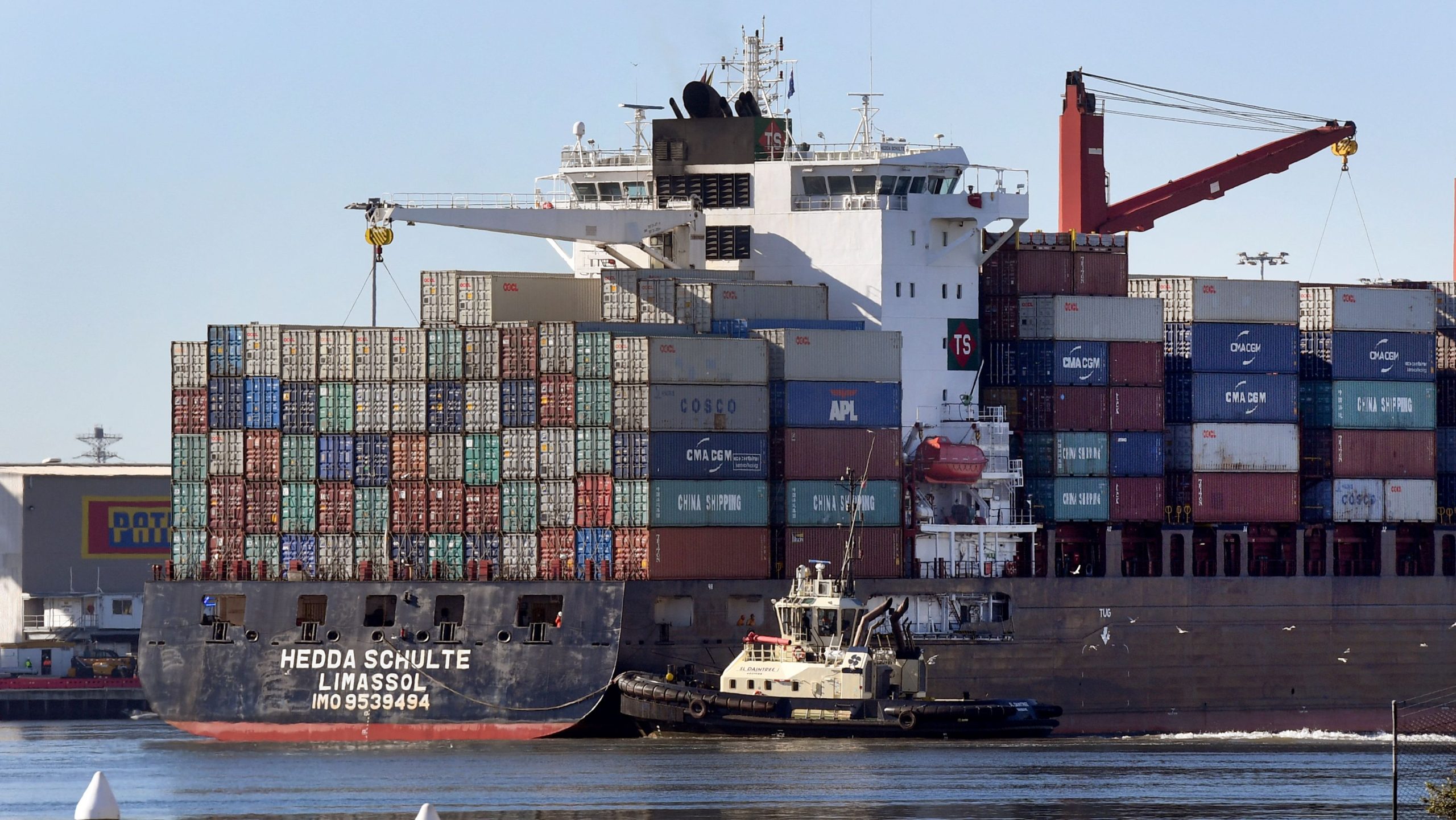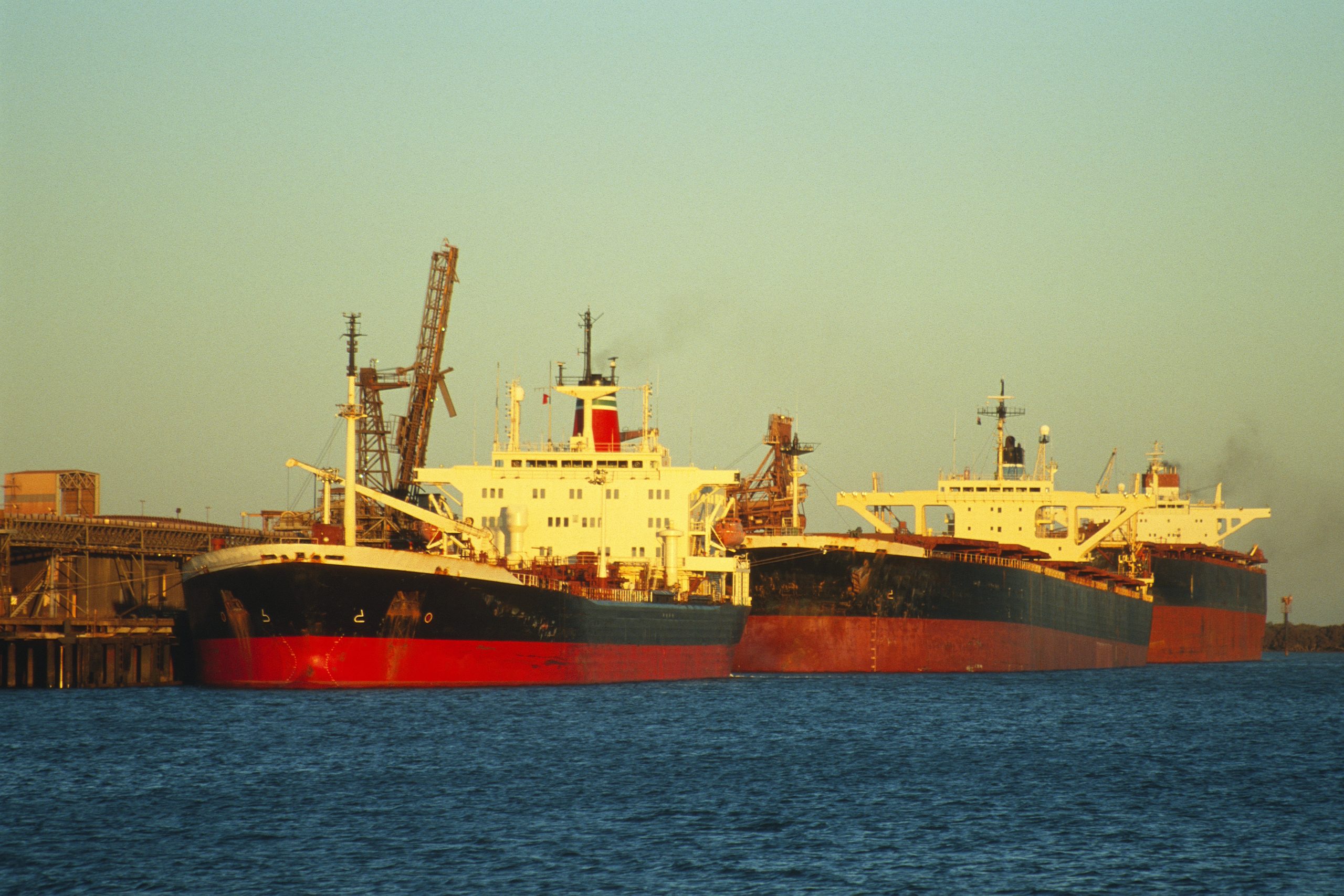
Machine-learning algorithms that process data might not immediately come to mind when we think about Covid-19, but they supercharged our ability to respond to a disruptive threat. Countries emerged from rolling lockdowns due, in part, to concurrent advancements in artificial intelligence and biotechnology that produced mRNA vaccines. As the Australian government rethinks and reviews its approach to critical technologies, whether policy is technology-centric, capability-centric or a combination of the two will be crucial for creating strategic effect.
Multiple factors affect innovation and strategic effect. Precise terms are important. The phrase ‘artificial intelligence’ has proliferated, but it’s more accurate to think in terms of developments in data science, cloud computing, machine learning, data protection and intelligent data capture.
The speed at which mRNA vaccines were deployed in 2020–21 creates the impression that innovation is all about rapidity. In part, it’s true: speed is key. But the story of Moderna’s version of the mRNA vaccine began decades ago. Despite successive failures, patent conflicts and sideways paths, the story looks linear. Long-term bets made by institutions such as the US Defense Advanced Research Projects Agency, and later by venture capital firms, look prophetic, not risky.
Across an entire portfolio of technologies, predicting what the impacts will be or which combination will come together is difficult. Governments can set a broad vision, but the vagaries of innovation can make us discount effort across research, financing, commercialisation, logistics, translation and communication and look for moments of lone genius, not collective endeavour.
The changing parameters of risk and security, particularly in relation to economic and geopolitical threats, mean we’re witnessing an evolving global consensus on innovation policy.
Countries are increasingly having to navigate harder choices in relation to industry priorities. Competition between great powers and the weaponisation of economic (and data) connectivity are inciting conflict over scarce resources. Parallel institutional structures that bifurcate the global economic system and systemic threats such as climate change are contributing to uncertainty. Assumptions about the stability of market access along with the security and diversity of supply have shifted.
Across the globe, several sovereign innovation funds have been announced this year alongside other government initiatives aiming to boost research and development outcomes. Australia’s version is the $15 billion National Reconstruction Fund; NATO will invest €1 billion in early-stage start-ups; Japan’s ‘Moonshot’ research and development program promotes high-risk, high-impact projects. The Quad leaders have committed to convening a business and investment forum for networking with industry partners to expand capital.
These initiatives don’t just channel investments or provide opportunities to de-risk projects. They are, in theory, a means to ensure that research solves issues facing future society. A 1991 US report on critical technology put the challenge succinctly: if technology is critical, the question is, critical for what?
Without a strong sense of mission, we risk not working to solve challenges. Sectors characterised by the rise of platform business models and winner-takes-most dynamics dominate research and development. The centre of gravity of AI research has shifted from academia to industry. Many sectors, including defence industries and technology areas like cloud computing, are dominated by a handful of companies.
Market-led opportunities don’t necessarily correspond to social needs or consider negative long-term impacts, geopolitical dependencies or other ethical considerations. Setting algorithms loose to sell trinkets may oil the wheels of commerce, but if the net result is a floating mountain of plastic in the Pacific, then we must consider whether our notions usefully address criticality and for whom.
Government innovation can benefit from quick lead times in the commercial sector. Industry tends to favour monetising in the short term, cementing incumbency and creating higher barriers for new entrants. Governments need to have good policy frameworks that provide incentives for industry collaboration, including for small and medium-sized firms, that pulls in the same strategic direction.
Proliferation of technology is meant to drive competition, reduce costs and improve efficiency. These assumptions have shifted because of a deteriorating strategic context. The international playing field is skewed by actors playing by different rules and creating rules for themselves—often dishonestly and at times criminally. In the defence sector, the proliferation of defence-related technologies must balance goals such as strategic stability and non-proliferation to maintain a military edge while contributing to arms control.
Australia has a strong history of invention, including wi-fi, the Cochlear implant, the CPAP machine and the black-box flight recorder. The invention of wi-fi involved intense and protracted contestation over patents and technical standards. There are lessons here for Australia’s tech sector, which has been disengaged from standards-setting forums in which it could advance its market reach and contribute to the public interest internationally.
The stronger message now is that there’s a critical need to define sovereign technological missions and grand challenges, and to fund them appropriately.
Australia’s previous critical technology plan mentioned national security, economic prosperity and social cohesion. Those are worthy goals, but the plan offered only a vague reference point rather than a systematic sense of purpose.
Earlier this month, an indication of where the new government might be driving the national conversation about critical technology. Noting the persistence of systemic threats—cybersecurity, climate change, foreign interference—Home Affairs Minister Clare O’Neil indicated a way forward. The politicisation of security over the past 10 years, she noted, ‘didn’t make us any safer’. We have often taken a whack-a-mole approach to risk. In contrast, O’Neil emphasised building resilience. ‘Scalpels, not sledgehammers’, she said, need to be deployed to build democracy as ‘our biggest national asset’.
This is a step-change. Previously, our critical technology action plan emphasised social cohesion. Building democratic resilience will need more than rhetoric. This shift in mindset will need to filter through into program and policy. Technology can bring us together, but differences (of opinion, and in approaches to problems) allow democracies to build characteristics and capabilities to absorb, recover from and adapt to disruption.
In the meantime, Australian innovators are seizing opportunities. Initiatives such as the national medical countermeasures program delivered by DMTC Limited—a defence technology partner—are harnessing inputs from government, publicly funded research agencies, industry and academia. Their development of a novel pathogen-detection technology shows that our biotechnology capability and capacity are world-leading when mission, financing, expertise and capability pull in the same direction. Australia’s health security system will reap dividends in preparedness for future disease threats. Technologies identified as critical to Australia’s national security such as flow chemistry are also being developed.
We often chase the shiny and new. But we’ll need to think harder about democratic resilience and the fundamental role of critical technology in building capability across systems alongside its ability to address and adapt to cascading effects of system failure. As we strengthen our participation in global forums such as the Quad, Australia can build this important contribution to shaping global technology policy.









